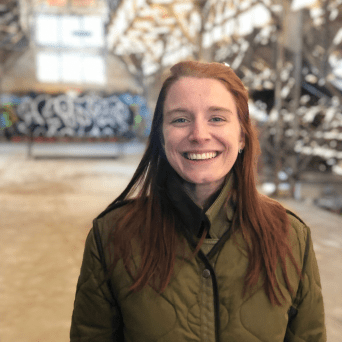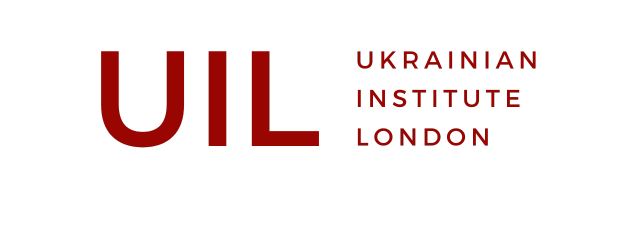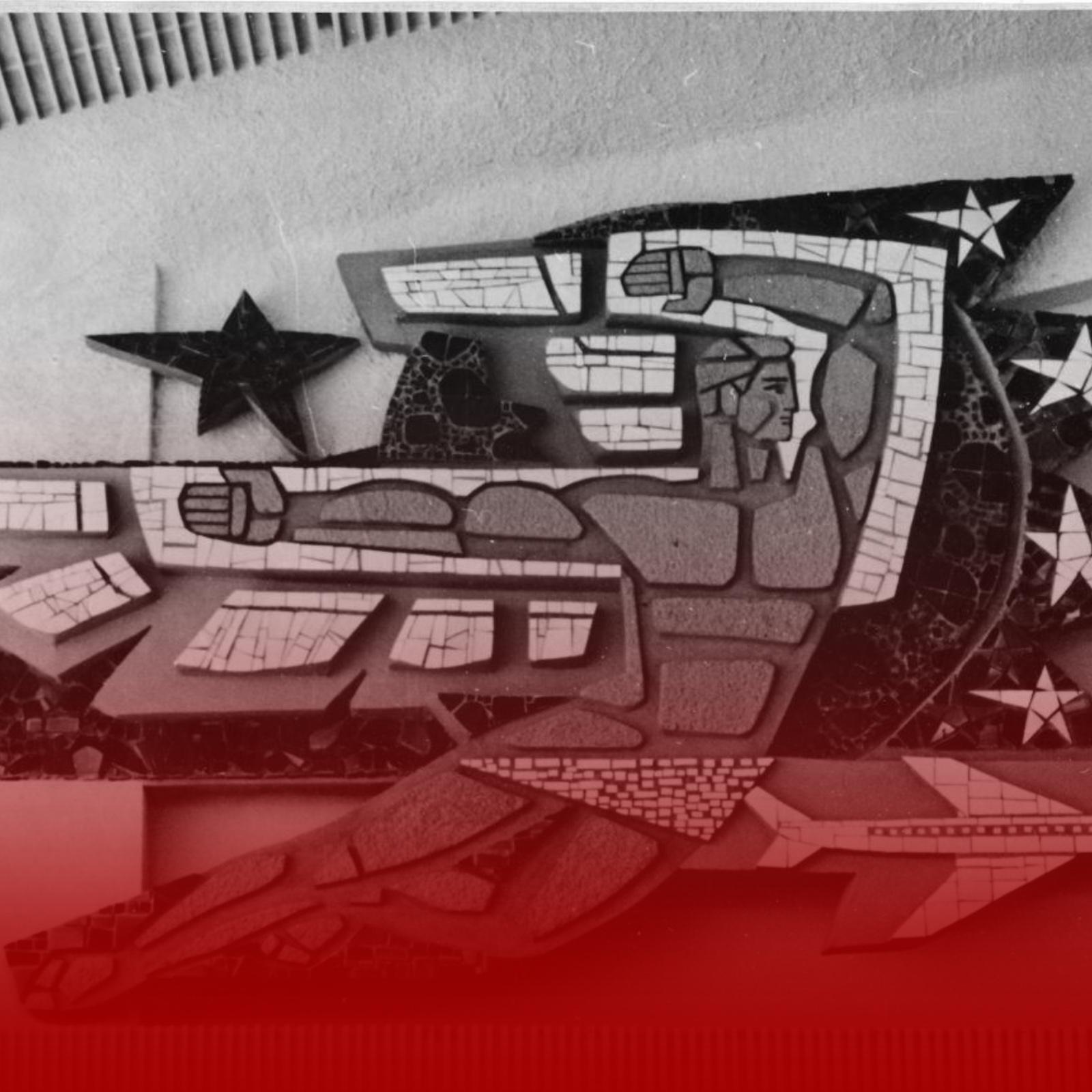Lecturer
Emma Louise Leahy
Emma Louise Leahy is a doctoral student in History and Cultures of Europe at Università La Sapienza, where her research focuses on monumental and decorative arts of the late socialist period. She is particularly interested in mural art as a visual and material record of its social, cultural, and political context. Her work has been supported by the Woodrow Wilson International Center for Scholars (2022), Central European University (2022), and the US Department of Education (2013).
She holds a Master of International Affairs from The Hertie School (magna cum laude) and a Bachelor of Government and International Politics from George Mason University (summa cum laude). She has also trained in Soviet architectural history at Moscow State University of Civil Engineering and in documentary photography of mural painting with the Balkan Heritage Foundation in Bulgaria. Her professional background includes public diplomacy and museum programming with practical experience across North America, Europe, and West Asia.



